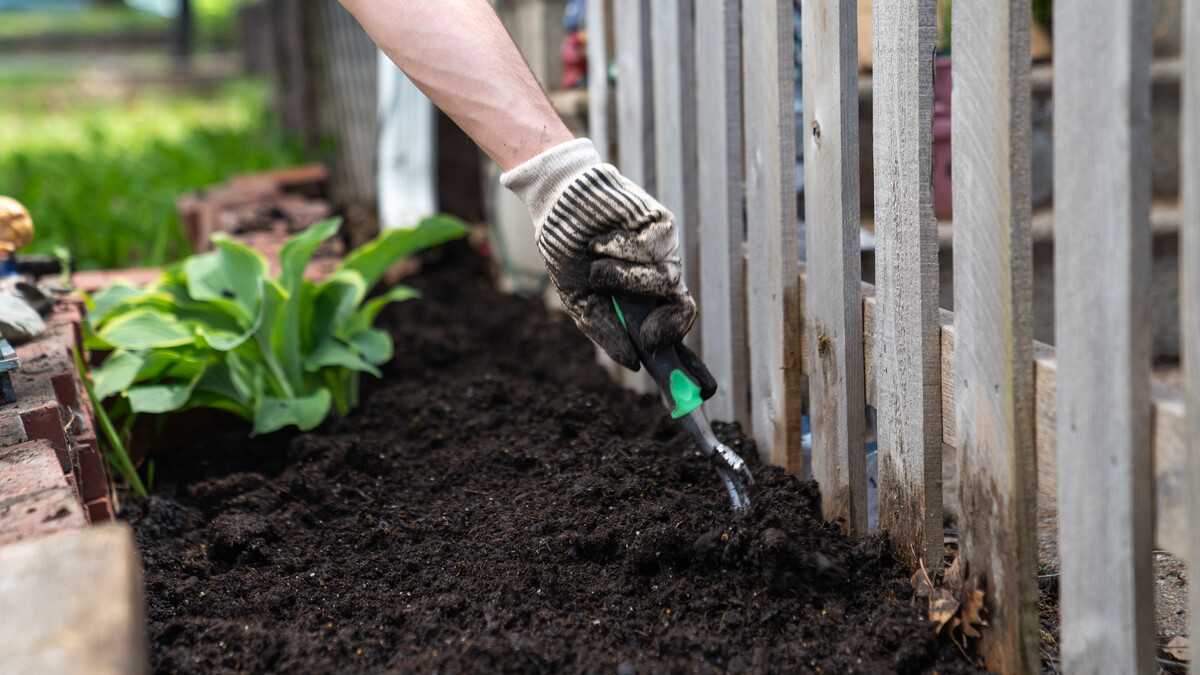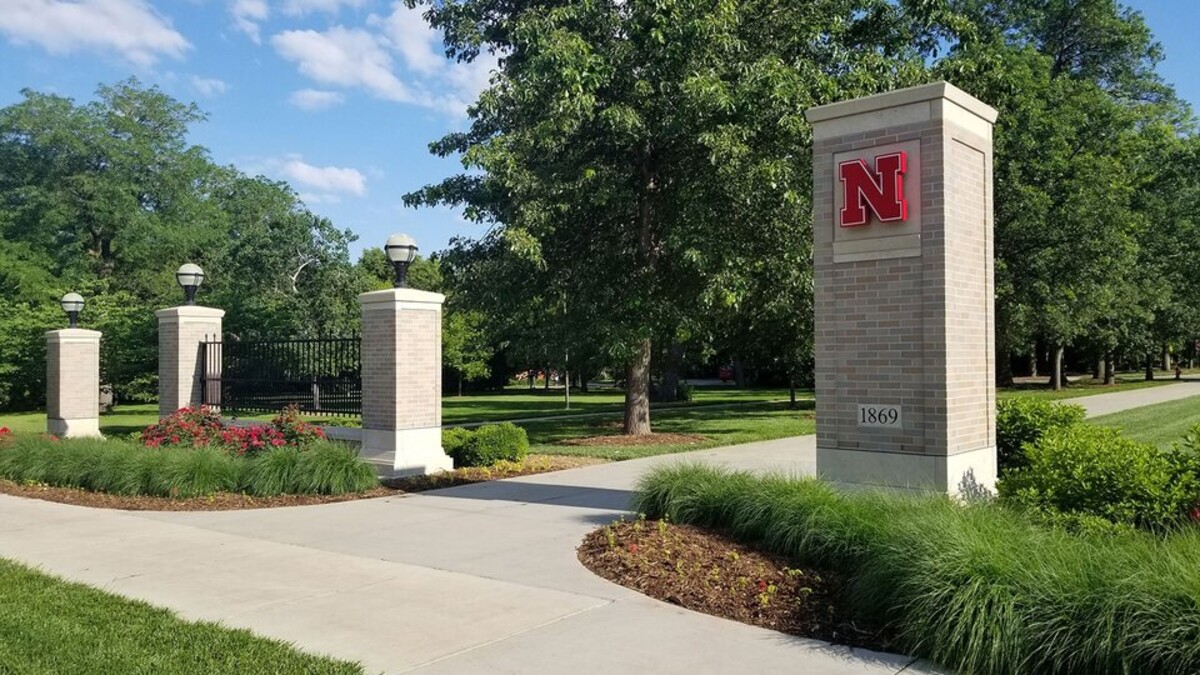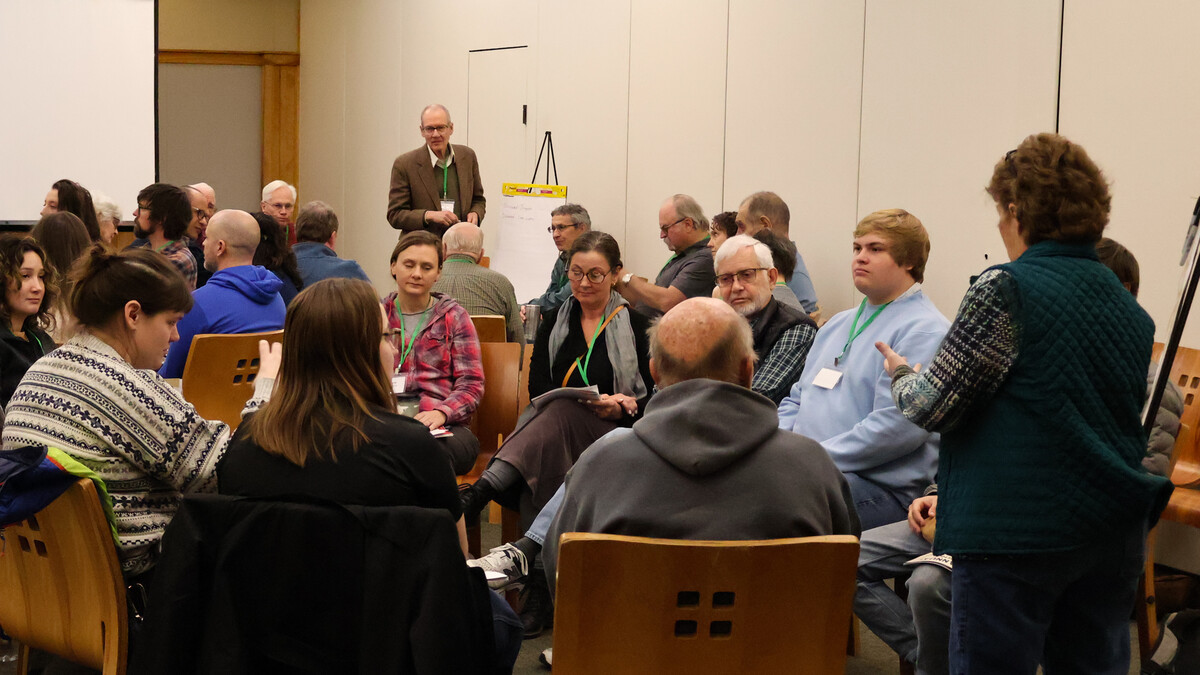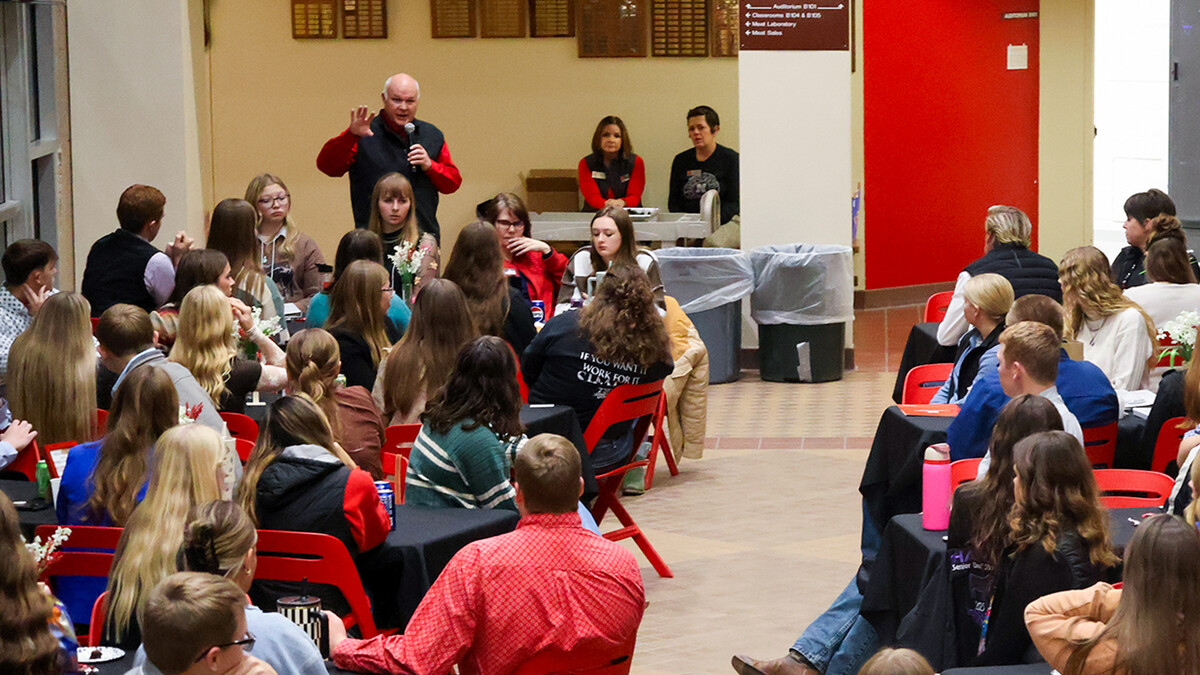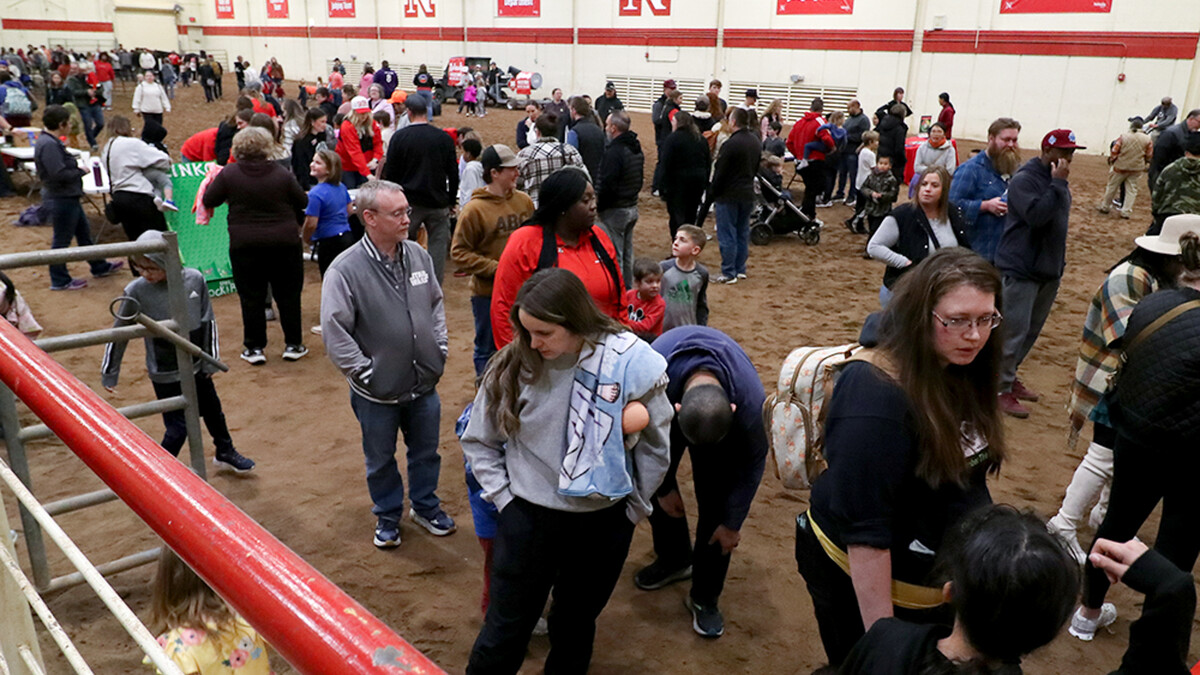July 30, 2013
LINCOLN, Neb. — Late July is the time for soybean growers to watch for the arrival of soybean aphids, a University of Nebraska-Lincoln extension educator said.
Keith Jarvi, UNL extension educator for Dixon, Dakota and Thurston counties, said that numbers of aphids in northeast Nebraska are normal, compared to 2012 when numbers were low due to the drought, but there is a good chance of seeing aphid numbers increase in the next few weeks.
Soybean aphids grow to about 1/16 of an inch in size and multiply quickly. They are found on the underside of soybean leaves on the upper part of the plant. Aphids feed on the soybean leaves, causing curling and stunting of leaves and twigs.
"However, once they start to reproduce and get heavier numbers, they can go anywhere around the plant," Jarvi said.
Aphids have natural predators, including the Asian lady beetle and green lacewings. When these predators are not enough to control the aphids, treatment may be necessary.
"If you have 250 aphids per plant and at least 80 percent of the plants have some aphids, that's when you might want to think about treating," Jarvi said. "Now's the time to stay ahead of them."
Jarvi said that the best pesticides to treat aphids are high in volume and come out at high pressures. Some pesticides may be mixed with fungicides, but it is important to read the label carefully before mixing chemicals.
For more information on soybean aphids, visit the UNL entomology website at http://entomology.unl.edu/.
To download UNL's aphid speed scout app, go to: http://real.unl.edu/iOS/AphidSpeedScout/.
Keith JarviExtension Educator
402-584-3819
keith.jarvi@unl.edu
Heather Haskins
Student Writer
Sandi Alswager Karstens
IANR News Service
402-472-3030
skarstens2@unl.edu

